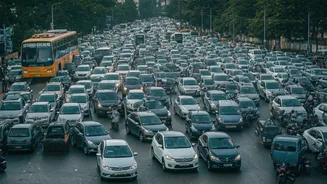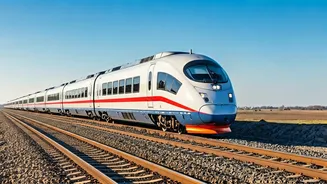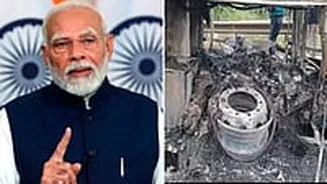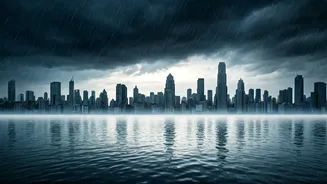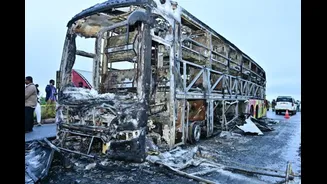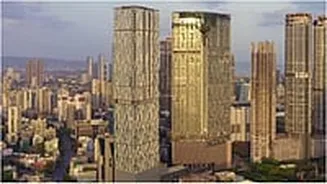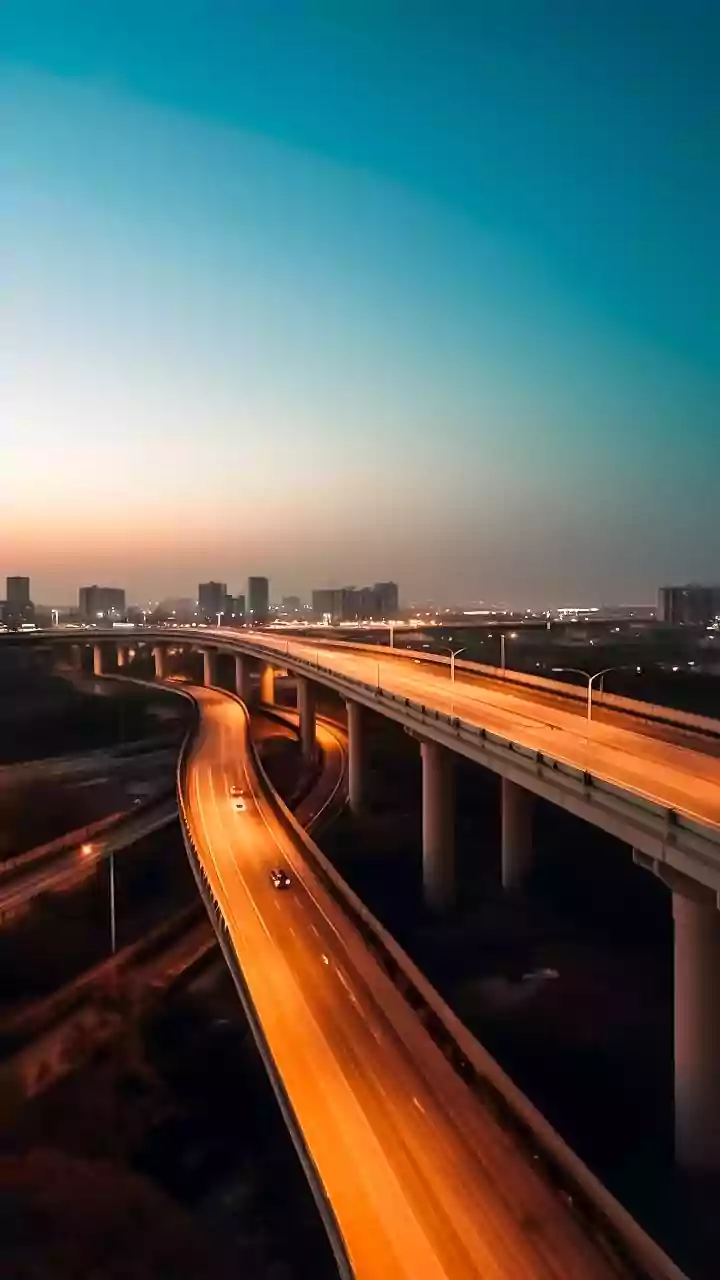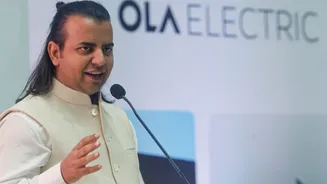Growth and Gridlock
One of the primary drivers of Bengaluru's traffic woes is the rapid and sustained population growth the city has experienced. As more people move to the city,
the number of vehicles on the roads surges. This increase quickly overwhelms the existing infrastructure, which struggles to keep pace with the growing demands. Even if road networks expand, the influx of vehicles often cancels out any improvements. Furthermore, the city's infrastructure, which was not designed to accommodate such a large population, is a fundamental hurdle. Existing roads, public transportation systems, and overall urban planning are struggling to effectively support the population size, causing the inevitable traffic congestion. This mismatch between infrastructure and population creates a cycle of gridlock and frustration for commuters.
Infrastructure Deficiencies
Bengaluru's infrastructure, or lack thereof, is another crucial factor. While there have been attempts to develop roads and public transportation, progress often lags behind the rate of population and vehicle growth. Many roads were designed long ago and are not capable of handling the current volume of traffic. The city's public transport systems face challenges, including limited reach, inadequate frequency, and overcrowding. Without efficient alternatives, most residents are forced to rely on private vehicles, increasing congestion. The development of infrastructure requires considerable time and investment, making it challenging to keep pace with rapid urbanization. This lag creates a perpetual cycle of traffic jams, especially during peak hours. Moreover, poorly designed road layouts and a lack of integrated transport systems further exacerbate the traffic problem.
Urban Planning Issues
Ineffective urban planning contributes significantly to Bengaluru's traffic problems. Poorly planned urban development, which disperses essential services and workplaces across the city, forces people to travel long distances, increasing the number of vehicles on the road. The lack of proper connectivity between different areas further compounds the issue, as people have to navigate convoluted routes. Additionally, the development of commercial and residential areas without considering traffic impacts creates congestion hotspots. Zoning regulations that don't consider future traffic demands worsen the problems. A more integrated and sustainable approach to urban planning, including improved public transport, effective road networks, and centralized services, is essential to mitigate the city's traffic.
Public Transport Challenges
The public transportation system in Bengaluru currently faces various challenges that indirectly contribute to traffic. The existing public transport options aren't always seen as reliable or convenient for a significant part of the population. Bus and metro services often experience overcrowding, which makes them less attractive to commuters who prefer the comfort and flexibility of private vehicles. Limited geographical coverage also forces people to depend on private transport. Addressing these problems needs extensive investment in public transport infrastructure, including expanded metro networks, bus rapid transit systems, and integrated ticketing systems. Successfully improving public transportation requires offering safe, comfortable, and efficient services that encourage more people to switch from personal vehicles, thereby easing the traffic.
Enforcement and Regulation
Poor enforcement of traffic rules and inadequate traffic management also play a role in Bengaluru's traffic problems. Without consistent enforcement, traffic violations become common, causing gridlock and disrupting traffic flow. Inefficient traffic management, including poorly timed traffic signals and a lack of traffic police presence, further complicates these issues. To improve the situation, the authorities need to improve enforcement measures, including increased surveillance and stricter penalties for traffic violations. Proper management of traffic flow by using smart technologies and a more visible police presence can help reduce congestion. The implementation of effective traffic management strategies and strict enforcement of traffic rules is essential to improve the overall traffic situation in Bengaluru.
